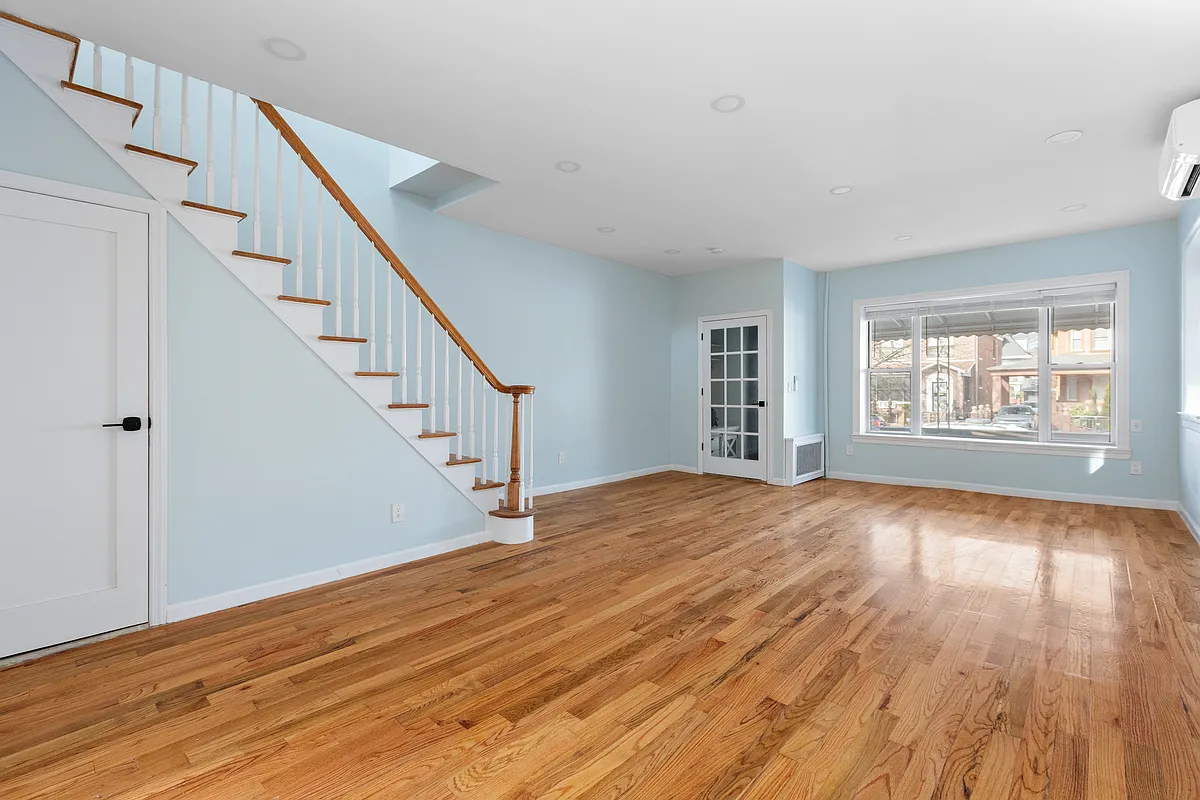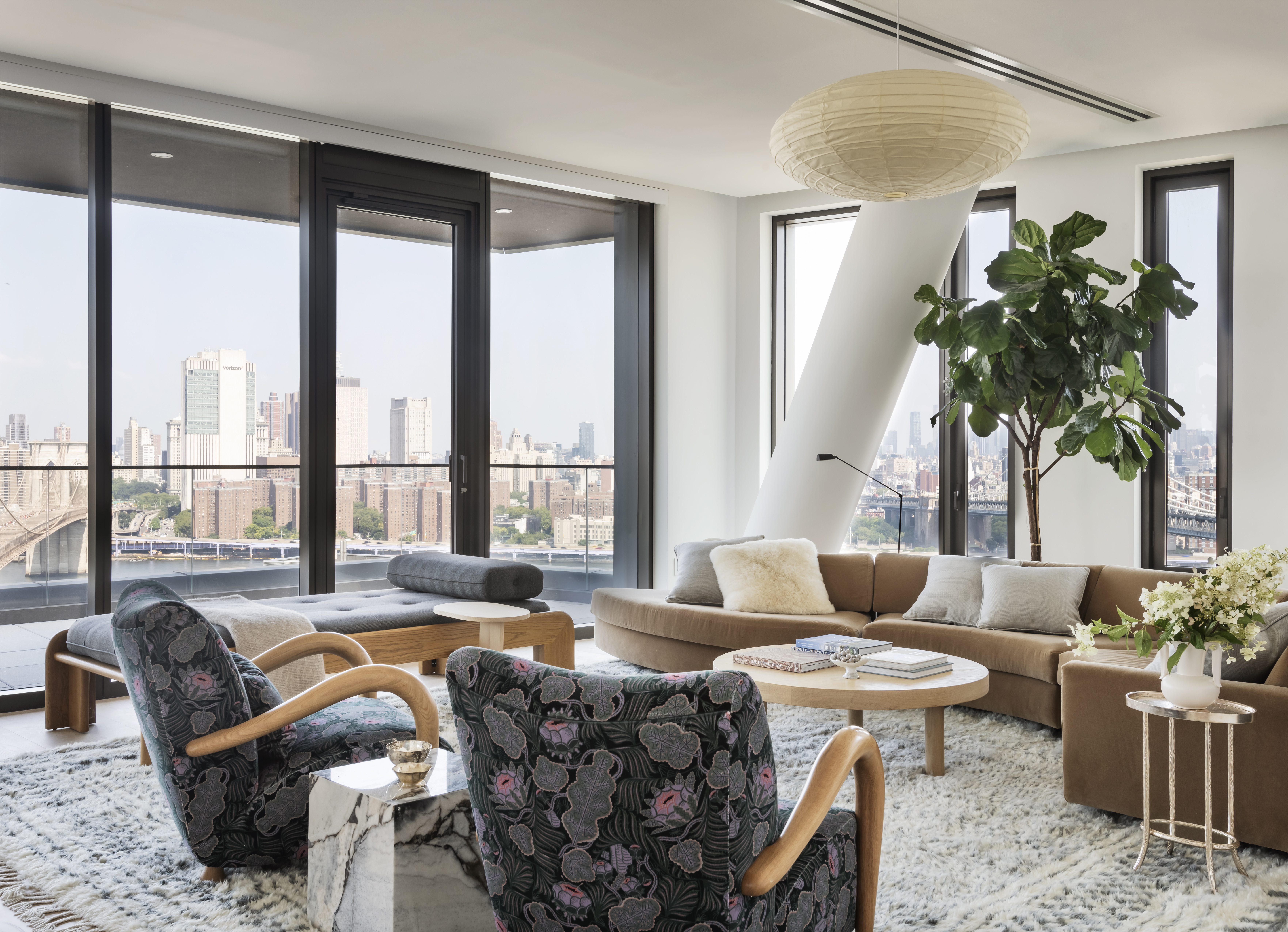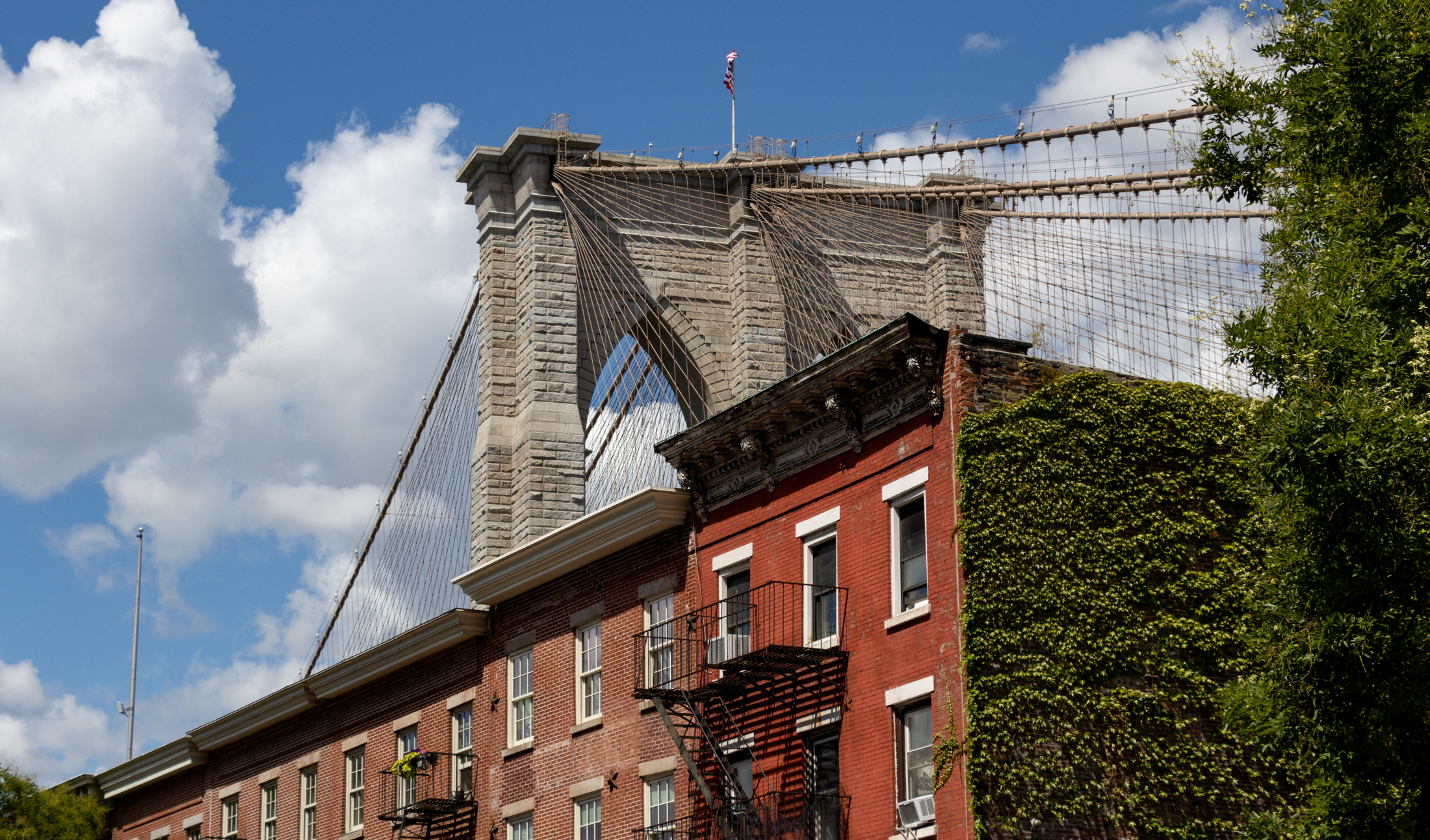Inside Third & Bond: Week 10
To the naked eye, not much is happening re: Third & Bond right now. This is a typical phenomenon around the City; construction work pauses, and neighbors assume that the developer has fled overseas, struck oil or water, or run out of money. We’re just trying to unwind the stop work order on the demolition…

To the naked eye, not much is happening re: Third & Bond right now. This is a typical phenomenon around the City; construction work pauses, and neighbors assume that the developer has fled overseas, struck oil or water, or run out of money. We’re just trying to unwind the stop work order on the demolition permit. While we wait for the Fire Department to send a letter to the Department of Buildings, confirming their re-inspection of our site which is sans both the building sprinkler system and the parts of the building that are combustible, we thought we’d watch some paint dry. Or grass grow. Or the timeless harvesting of bark (above) from Cork Oak trees in the meadows of Portugal.
 We watched this video while visiting Globus Cork, a cork flooring manufacturer located in The Bronx, as part of our search for the best flooring for Third & Bond. We haven’t used cork before but were impressed to see the beautiful look of the floors and their eco-sensitivity. Everything from the cork itself to the dyes to the adhesives are gentle on the environment. (On the jump, more discussion of flooring choices and questions about reader preferences for flooring.)
We watched this video while visiting Globus Cork, a cork flooring manufacturer located in The Bronx, as part of our search for the best flooring for Third & Bond. We haven’t used cork before but were impressed to see the beautiful look of the floors and their eco-sensitivity. Everything from the cork itself to the dyes to the adhesives are gentle on the environment. (On the jump, more discussion of flooring choices and questions about reader preferences for flooring.)
We came away from Globus Cork thinking that we should use cork flooring somewhere, in one of our projects, but unsure if Third & Bond is the right place. In every project, we spend an inordinate amount of time debating the flooring. It’s partially because flooring represents the perfect storm of impacting aesthetics, construction phasing and budgeting. It’s partially because we’re always a little paranoid about wood flooring problems; flooring is usually the most popular punch list comment—it expands, it contracts, you see gaps, you see buckles, you see cupping, don’t even think of looking at it funny. Finally, we just like looking at flooring samples—their grains, their stains, their tongues and their grooves. To take a step back, here are our flooring priorities:
– Cost
– Durability
– Marketability
– Eco-sensitivity
Given the flow of the floor plans, we expect to use one type of flooring throughout the living space with the exception of the bathrooms, which will have some kind of tiled floor.
 Our assumption has been that we’ll use wood as the main flooring and so we’ve investigated a wide range, from Brazilian ipe to bamboo to fast-growing oak to end grain. We’ve also been considering solid floors versus engineered floors, both of which we have used before. The benefits of the solid floors are that they can be sanded and refinished many, many times, and tend to stand up better against water (like from wet shoes or a kitchen spill). But newly installed solid floors move a lot in the first few years, and the quest to find the perfect time to lay down new floors often feels like the holy grail—can’t be too hot, too cold, too moist, you have to let the wood breath. Engineered floors (see picture) are quicker to install though, resulting in lower labor costs, and are often indistinguishable from solid floors once installed.
Our assumption has been that we’ll use wood as the main flooring and so we’ve investigated a wide range, from Brazilian ipe to bamboo to fast-growing oak to end grain. We’ve also been considering solid floors versus engineered floors, both of which we have used before. The benefits of the solid floors are that they can be sanded and refinished many, many times, and tend to stand up better against water (like from wet shoes or a kitchen spill). But newly installed solid floors move a lot in the first few years, and the quest to find the perfect time to lay down new floors often feels like the holy grail—can’t be too hot, too cold, too moist, you have to let the wood breath. Engineered floors (see picture) are quicker to install though, resulting in lower labor costs, and are often indistinguishable from solid floors once installed.
Since we are still thinking about going green, we need to consider eco-sensitive flooring, like fast-growing materials and wood certified by the Forest Stewardship Council. But we want to stay away from making such a particular design statement with the flooring that we lose buyers. This is one of the reasons we haven’t thought seriously about Marmoleum or similar products. We’ve looked at a bamboo floors in a couple of homes and offices, which would be a quick-to-install engineered floor made from a quickly replenishing natural resource. But most of the bamboo floors we’ve seen are so soft that they show furniture gouges and shoe heel marks. The older the bamboo is at harvest, the harder it is. And the more expensive.
The look of the floor is also important. Our architects have suggested we use a dark stain, to allow the contrast between the floors and walls to enlarge the look of the rooms. Dark woods are also practical for users because they don’t show every speck of dust. However, they do show every scuff that goes through the stain. This is a real concern which is another mark against bamboo. It is a mark in favor of naturally dark woods though, like walnut or Brazilian ipe.
Which brings us back to the Forest Stewardship Council certified woods. While we can find FSC-certified wood of almost any variety, the costs associated with these woods tend to increase with the remoteness of the wood (e.g., Brazilian ipe ). Another issue is that sometimes the FSC-certified wood has to be shipped incredibly long distances, which is in itself not eco-sensitive.
Another consideration is whether we want to use a floating floor or nail the sucker down to a substrate. To make a floating floor, the floor boards (or tiles) are adhered together and rest as one component that contracts and expands only along the outer edges which are typically hidden on the edges of the room by the baseboard. One of the downsides of a floating floor is that if it isn’t perfectly installed, it will feel bouncy. Floors that don’t float are nailed or glued to a substrate (e.g., a layer of plywood) so there’s less sense of movement.
One of the things we don’t have to worry about in our flooring is sound-proofing, because we already decided to use a poured concrete structural floor called Levelrock. With over an inch of concrete, plus a metal deck and 2 sheets of drywall, we are confident noise won’t be a problem.
So, every decision is a forked road leading to another forked road: engineered or solid, naturally dark or stained, the latest in eco-sensitive flooring or an old traditional, floating or no…
Now that you’ve heard about our flooring quandaries, we’d like to hear from you:
As always, share your other thoughts in the comments section, below.
Inside Third & Bond: Week 9 [Brownstoner]
Inside Third & Bond: Week 8 [Brownstoner]
Inside Third & Bond: Week 7 [Brownstoner]
Inside Third & Bond: Week 6 [Brownstoner]
Inside Third & Bond: Week 5 [Brownstoner]
Inside Third & Bond: Week 4 [Brownstoner]
Inside Third & Bond: Week 3 [Brownstoner]
Inside Third & Bond: Week 2 [Brownstoner]
Inside Third & Bond: Week 1 [Brownstoner]
From our lawyers: This is not an offering. No offering can be made until an offering plan is filed with the Department of Law of the State of New York.”





cork, although beautiful, is too risky to use as flooring on a ‘luxury’ development, but can work well in mud rooms or laundry rooms, or in public spaces. a really nice dark cork can work well in a lobby and/or foyer…
ES
I heard that the colors fade in sunlight.
dunno about ny or this decade, but in the late 90s a lot of starbucks in seattle put in cork flooring. i thought it looked nice. i considered cork for my house there but used bamboo bc i didn’t want to deal with leveling out the flooors — it was an old house and some ceilings upstairs were just 6 foot 8 inches and i would have ended losing an inch or 2. i did bamboo strips (not the tiles — the tongue in groove stuff) which looked great but which were really hard on my feet!
i’d imagine cork would muffle sound well. it’s only going to work well though if you get the subfloor just right.
I don’t know of any high profile residential projects that have used cork throughout, though I think I’ve seen some that use cork is certain spaces like lobbies & kiddie rooms. I can’t think which though…
I did a quick google and saw that Duro Design cites about 30 clients who they’ve done cork floors for, ranging from public schools to a Vornado office to restaurants to Animal General (animal hospital).
I wonder how Animal General likes it with all their puppies:) Everyone I’ve talked with says that today’s cork has good waterproofing. I know a woman who has had it in her kitchen for 3 years with no problems.
I’d also be interested in hearing if anyone else can think of residential projects that use cork.
I don’t know about residential projects but here are two fancy lookin’ places that have cork flooring in nyc:
http://www.treehugger.com/files/2004/10/globus_cork_flo.php
(Tribeca Cinema Lounge, and some bar)
Can you please elaborate on your choice of flooring assembly?
“With over an inch of concrete, plus a metal deck and 2 sheets of drywall, we are confident noise won’t be a problem.”
I’m too lazy to google this, but are you implying that this Levelrock system consists of >12″ concrete slab + metal deck + 2 sheets of drywall?
Is this less expensive than an 8″ slab + soundproofing material? That is highly doubtful.
Also, I’m not sure if filigree or postensioning flooring systems are appropriate for this size of project, but did you consider them?
Cork is popular again.
I don’t see the appeal.
It was big in the 1920’s.
I can’t get out of my mind memories of hideously soiled cork floors in old houses and apartments from that earlier period.
And if you have a puppy FORGET IT!
Are there any examples of high-profile developments in nyc that have used the cork flooring?